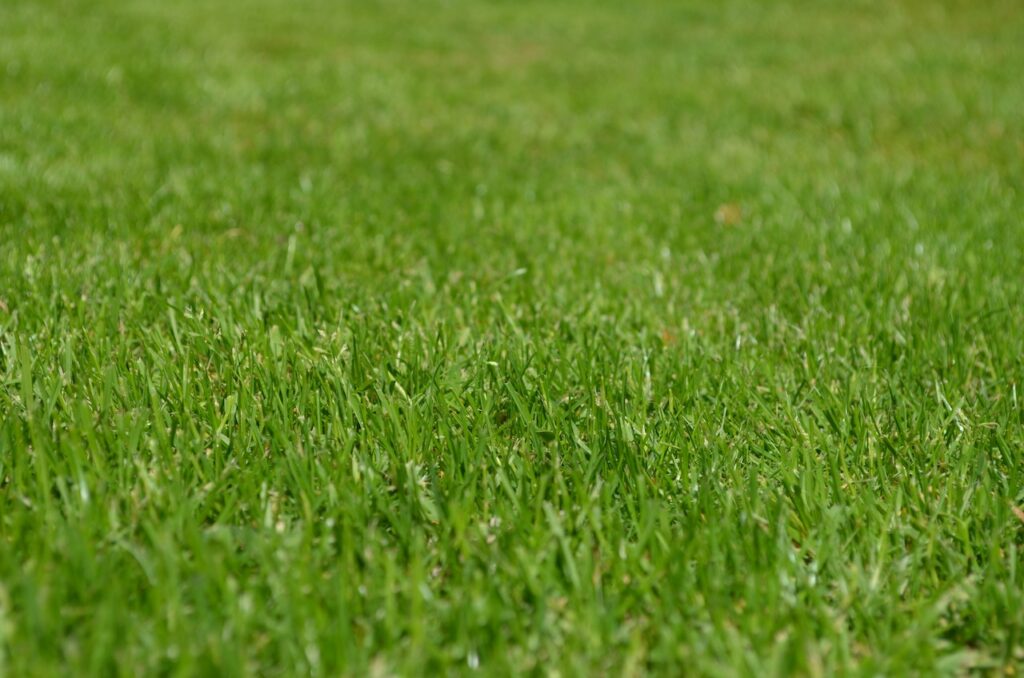
A lush, green lawn is the envy of any neighborhood, but maintaining its beauty can sometimes be challenging. Lawn diseases can quickly wreak havoc on your once-vibrant turf, turning it into a patchy, brown mess. However, with proper prevention and care, you can significantly reduce the risk of lawn diseases and keep your yard looking healthy and disease-free. In this comprehensive guide, we will explore key tips and practices for preventing lawn diseases and achieving the vibrant lawn you’ve always dreamed of.
Understanding Common Lawn Diseases
Before we delve into prevention strategies, it’s essential to understand some of the most common lawn diseases that homeowners may encounter:
- Brown Patch (Rhizoctonia Blight): This disease typically appears in hot and humid weather, causing circular patches of brown or yellow grass.
- Dollar Spot (Sclerotinia homoeocarpa): Characterized by small, silver-dollar-sized spots with bleached centers, this disease thrives in hot, humid, or drought-stressed conditions.
- Powdery Mildew (Erysiphe graminis): Powdery mildew forms a white, powdery coating on grass blades, primarily in shaded or poorly ventilated areas.
- Fairy Ring (Various Fungi): Fairy rings create circular patterns of dark green grass or mushrooms, often appearing in arcs or circles.
- Leaf Spot (Various Fungi): Leaf spots cause small, dark or tan spots on grass blades, and they can merge to form larger patches.
- Pythium Blight (Pythium spp.): This disease thrives in warm and wet conditions, causing slimy, water-soaked patches that turn brown as they dry.
Preventive Measures for a Disease-Free Lawn
Now that we know some of the common lawn diseases, let’s explore key tips and practices to prevent them from taking hold:
1. Choose Disease-Resistant Grass Varieties: Selecting the right grass variety for your region and climate is the foundation of disease prevention. Consult with a local lawn care specialist or nursery to identify disease-resistant grass types that are well-suited for your area.
2. Proper Mowing Techniques: Maintain your grass at the recommended height for your specific grass type. Regular mowing with sharp blades ensures clean cuts, reducing stress on the grass and minimizing entry points for disease organisms.
3. Aerate the Lawn: Aeration alleviates soil compaction, improves air circulation, and allows water and nutrients to reach the grass roots more effectively. Aerating once or twice a year, depending on your lawn’s condition, can help prevent certain diseases.
4. Water Wisely: Overwatering can create an ideal environment for disease development. Water your lawn deeply and infrequently, preferably in the early morning, to allow the grass to dry during the day. Avoid watering in the evening to minimize prolonged moisture on the grass blades.
5. Avoid Overfertilization: Excessive fertilization can weaken grass and make it more susceptible to diseases. Follow a proper fertilization schedule based on soil test results and the specific needs of your grass type.
6. Control Thatch Buildup: Thatch is a layer of dead grass and organic debris that accumulates on the soil surface. Excessive thatch can trap moisture and promote disease. Regular dethatching or core aerating can help manage thatch buildup.
7. Promote Good Air Circulation: Trim back overhanging branches and remove obstacles that impede airflow over the lawn. Good air circulation helps the grass dry faster, reducing the risk of disease development.
8. Properly Manage Shade: Grass in shaded areas is more susceptible to certain diseases. Trim back tree branches to allow more sunlight into shaded areas, and consider planting shade-tolerant grass varieties.
9. Practice Clean Lawn Care: Avoid mowing or walking on the lawn when it’s wet, as this can spread diseases. Clean your lawn equipment between uses to prevent cross-contamination.
10. Early Detection and Treatment: Regularly inspect your lawn for signs of disease, such as discolored patches or unusual growth patterns. Early detection allows for prompt treatment, minimizing the impact of the disease.
Preventing lawn diseases requires a combination of proper lawn care practices, selecting disease-resistant grass varieties, and proactive management. By following the tips and practices outlined in this guide, you can significantly reduce the risk of lawn diseases and enjoy a beautiful, disease-free lawn year-round. Remember that each lawn is unique, and consulting with a lawn care specialist or local extension office can provide valuable insights tailored to your specific lawn care needs. So, put these preventive measures into action and watch your lawn flourish with health and vibrancy.
Comments